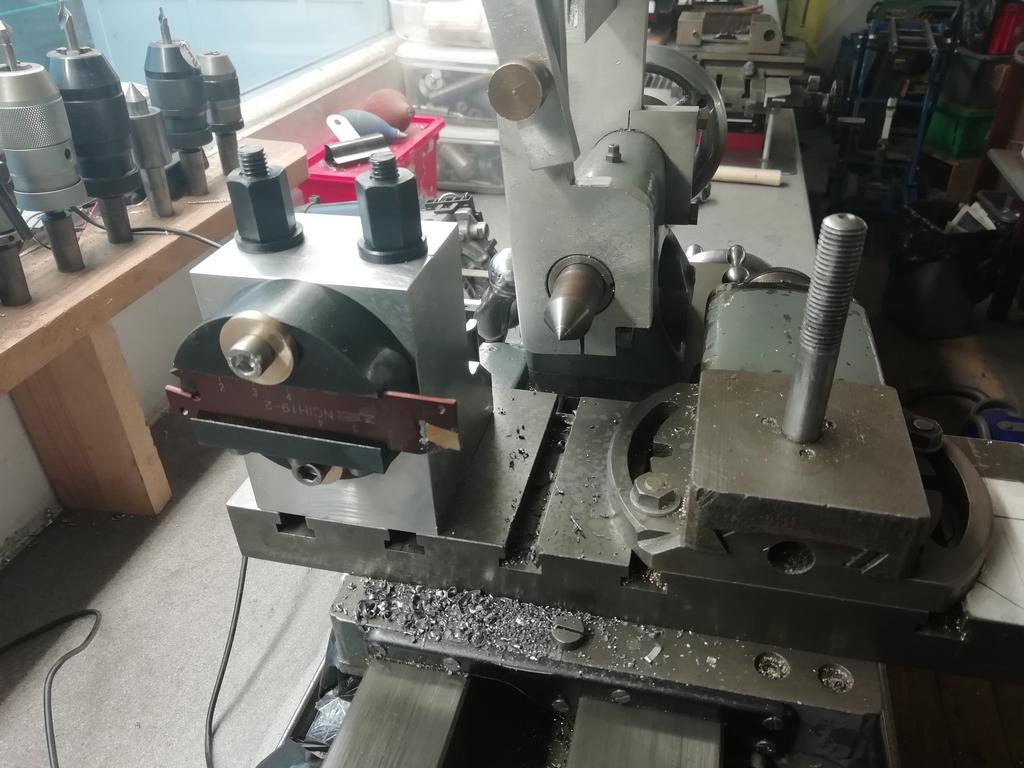FYI
On some metals I have use 20° rake angel. I use this with both carbine and high speed steel.
Form cutter 1" wide too.
If read books be for high speed steel they take about high rake angles
Dave
On some metals I have use 20° rake angel. I use this with both carbine and high speed steel.
Form cutter 1" wide too.
If read books be for high speed steel they take about high rake angles
Dave








